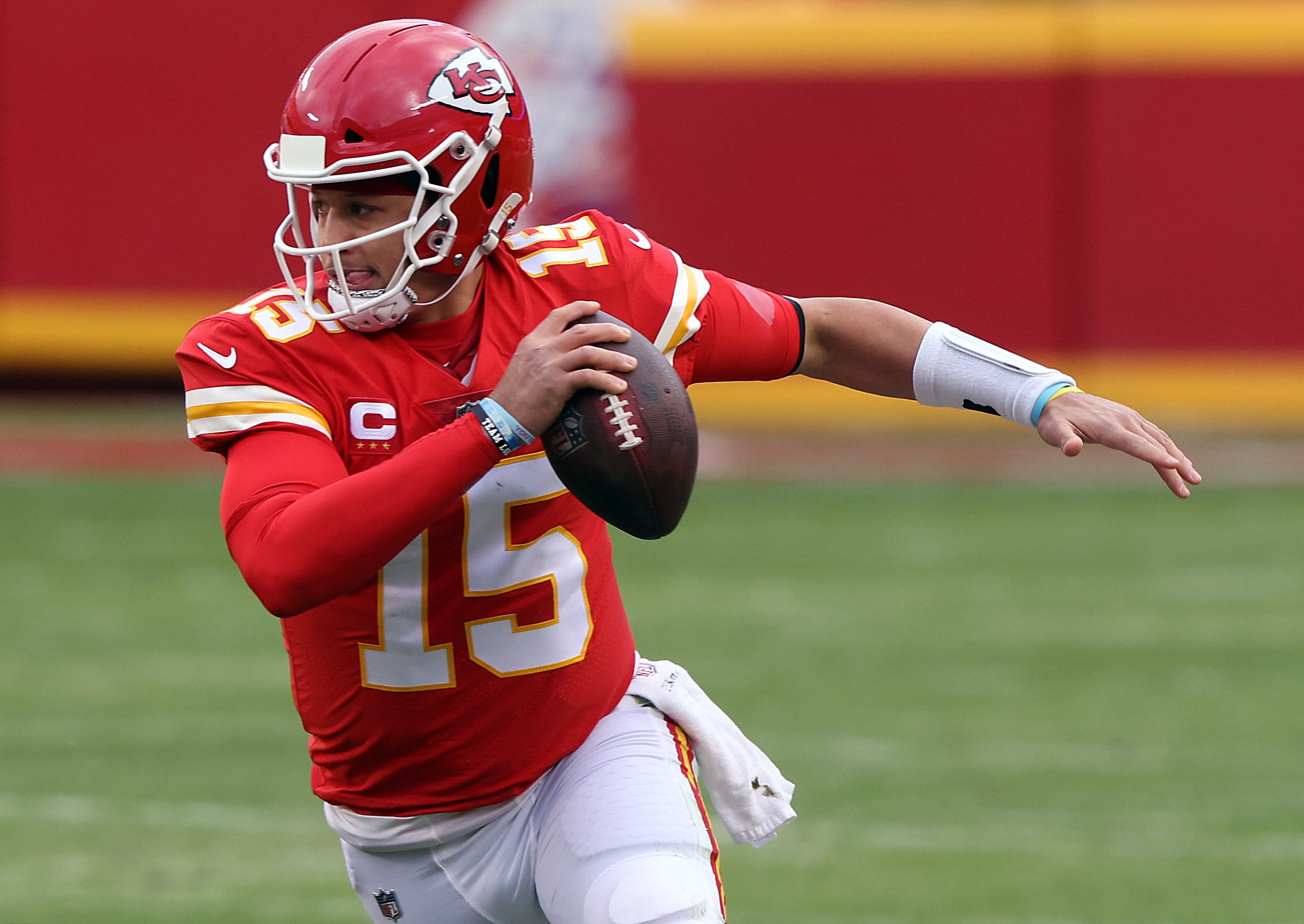While the spread offense has been anointed as the great equalizer in football about a decade ago, the key to running the spread offense is having a good quarterback, receiver combination. But for smaller teams the absence of star quarterback may just level the playing field.
Flexbone uses misdirection and a couple of attack points to support the teams in utilizing speed in the running game. The teams can neutralize bigger defenses based on the principles of the wishbone offenses (also known as triple-option offenses) and by making guess where the ball is going to be run.
The Flexbone offense was invested in 1979 at Mississippi State by Emory Bellard. Flexbone was then called Wingbone and it was a variation of the Wishbone Bellard. However, it varies though. In the 1980s and ’90s, it came to prominence. It is important to know that the flexbone is controversial, but some practitioners welcomed it considering it to be a modification of the wishbone.
Setting Up the Flexbone Offense
The flexbone offense is in fact based on the principles of the wishbone offense and undoubtedly looks like an inverted wishbone. The offense lines up with five offensive linemen, with the quarterback under center. A fullback lines up behind the quarterback and two slot backs line up with on the outside hips of the tackles.
Most of the teams seek to put wide outs to either side of the line for the purpose of opening up the field more and get the defensive backs as well as the linebackers a bit more spread out to open running lanes. But variations can be added by bringing in a tight end and having them line up on the line or even having a double tight end set.
The double tight end set could be used by teams who have good blocking tight ends or maybe a third tackle they would like to get into the game. Since the flexbone rarely uses the pass, having a player who is a true tackle playing tight end, may not hurt the team in the long run.
Options of the Flexbone Offense
The main weapon of the flexbone option is deception. From this formation, a play can be called for any one of four players, the quarterback, the fullback or the two slot backs. A good running quarterback is essential for running the flexbone.
The first option of the flexbone offense is the fullback. As the quarterback reaches the line, he must determine where the defense is the weakest. If he sees an opening in the middle, he should give the ball to the fullback to exploit the weakness.
That is not to say the fullback should be a smash-em up type of runner. The fullback is typically the featured back and the team’s best runner. Plays can be called out of the flexbone to run the fullback to the left or right and on sweeps. But the basic option of the flexbone is similar to the triple option where the fullback runs up the middle.
Running the fullback up the middle also sets up the defense for the misdirection of the flexbone offense and one of its key plays, the inside handoff. As the play develops, the middle defensive linemen and linebackers must react to the fullback dive, freezing them for a moment. As this happens, the slot back on the side of the line where the fullback dive is called comes across the formation and can be given the inside handoff, or a handoff that is given to the running back with the back closer to the line of scrimmage than the quarterback.
The slot back will hit the hole opposite of where the fullback ran with the interior line crashing down creating a diagonal running lane. With the guard crashing down and picking up any interior linemen or linebackers to seal off the lane.
If the quarterback determines the play would be more successful going to the outside, he has two options. The first is he can hand the ball off to the remaining slot back who runs an outside sweep. The other would be running a traditional option play with the quarterback and the slot back running the option to the outside.
Finishing the Play
The basic play of the flexbone offense described above gives offenses four options for attacking the defense and forces the defense to react to each one. Well, practiced teams will hit each of these options in split second timing, similar to 2021 sports betting lately.
But it is also important that each player on the offense runs and finishes the play like the ball is coming to them. Even if the fullback is given the ball on the first option of the play, the remaining players need to run out the remaining options to keep the defense guessing.
The other reason it is important to run out every play is that with an option offense, lineman and backs may not know where the play is going and which option is decided on as the play progress.
Passing from the Flexbone
Although the flexbone is a running offense, all teams need to provide a balanced attack to keep defenses from crowding the line and filling the running lanes.
But the set up of the flexbone offense does not allow for a traditional passing game. All pass plays need to run off the play action or faking the hand off to the fullback. It is also a good idea to have the quarterback roll out to avoid the rush. This is one of the best strategies.
As for the pass patterns, because the flexbone quarterback is typically a better runner than passer, crossing patterns of 10 to 15 yards are usually the best routes to run as the quarterback will not have to throw the ball deep and defenders will have less chance to react to a receiver suddenly in their zone.
The rollout also gives the quarterback the option of running the ball if nothing is opening up down the field.


 ADD AS PREFERRED SOURCE ON GOOGLE
ADD AS PREFERRED SOURCE ON GOOGLE


